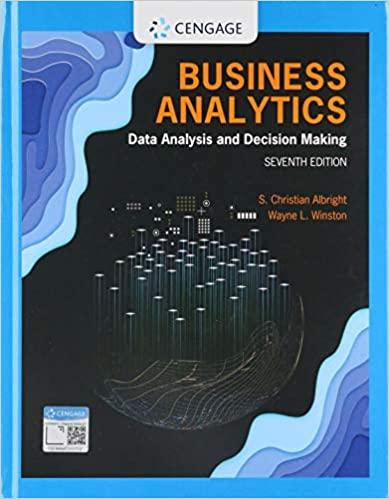The file P17_10.xlsx contains customer data on acceptance of products with various attributes. This is explained more
Question:
The file P17_10.xlsx contains customer data on acceptance of products with various attributes. This is explained more fully in the file. There are three potential Yes/No dependent variables, Acceptl, Accept2, and Accept3. To keep the outputs straight, it is a good idea to store the results from the following three parts in separate files.
a. Use NeuralTools to classify the Acceptl dependent variable, ignoring Accept2 and Accept3. Try the PNN algorithm and then the MLF algorithm. Comparing their outputs, do they classify equally well? (Keep in mind that MLF takes a lot more computing time, but you can stop it prematurely if it doesn’t seem to be making progress.)
b. Repeat part a, using Accept2 as the dependent variable and ignoring Acceptl and Accept3. You can skip the MLF algorithm for this part. However, respond Yes to run a sensitivity analysis at the end of the run. This lets you see how sensitive the percentage of bad predictions in the test data is to size or composition of the test data set. Comment on the results.
c. Repeat part b, using Accept3 as the dependent variable and ignoring Acceptl and Accept2.
Step by Step Answer:

Business Analytics Data Analysis And Decision Making
ISBN: 9780357109953
7th Edition
Authors: S. Christian Albright, Wayne L. Winston





